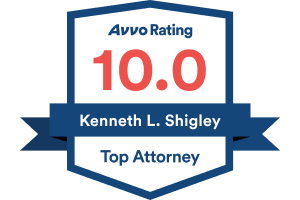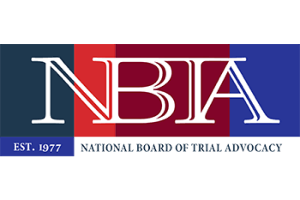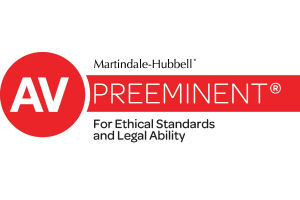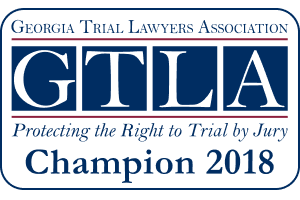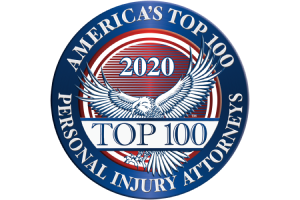Burn Injury
It is difficult to imagine the surreal pain of a severe burn injury. Many burn survivors say that hydrotherapy and debridement after massive burns and skin grafts are many times more painful than childbirth or kidney stones. Only screams from the depths of the soul can begin to express it adequately. Fortunately, our brains tend to block out memories of such pain.
Burn Clinics in Georgia
There are two excellent burn treatment centers in Georgia, the Walter L. Ingram Burn Center at Grady Hospital in Atlanta and the Joseph M. Still Burn Center in Augusta.
Burn injury victims anywhere in Georgia may be transported to either facility, depending on space availability at the time of an injury.
For burn victims and their families, the road to recovery is likely to be both long and difficult.
Categories of Burn Injuries
There are four categories of burn injuries:
- First degree burns
- Second-degree burns, either superficial or deep
- Third degree burns
- Fouth degree burns
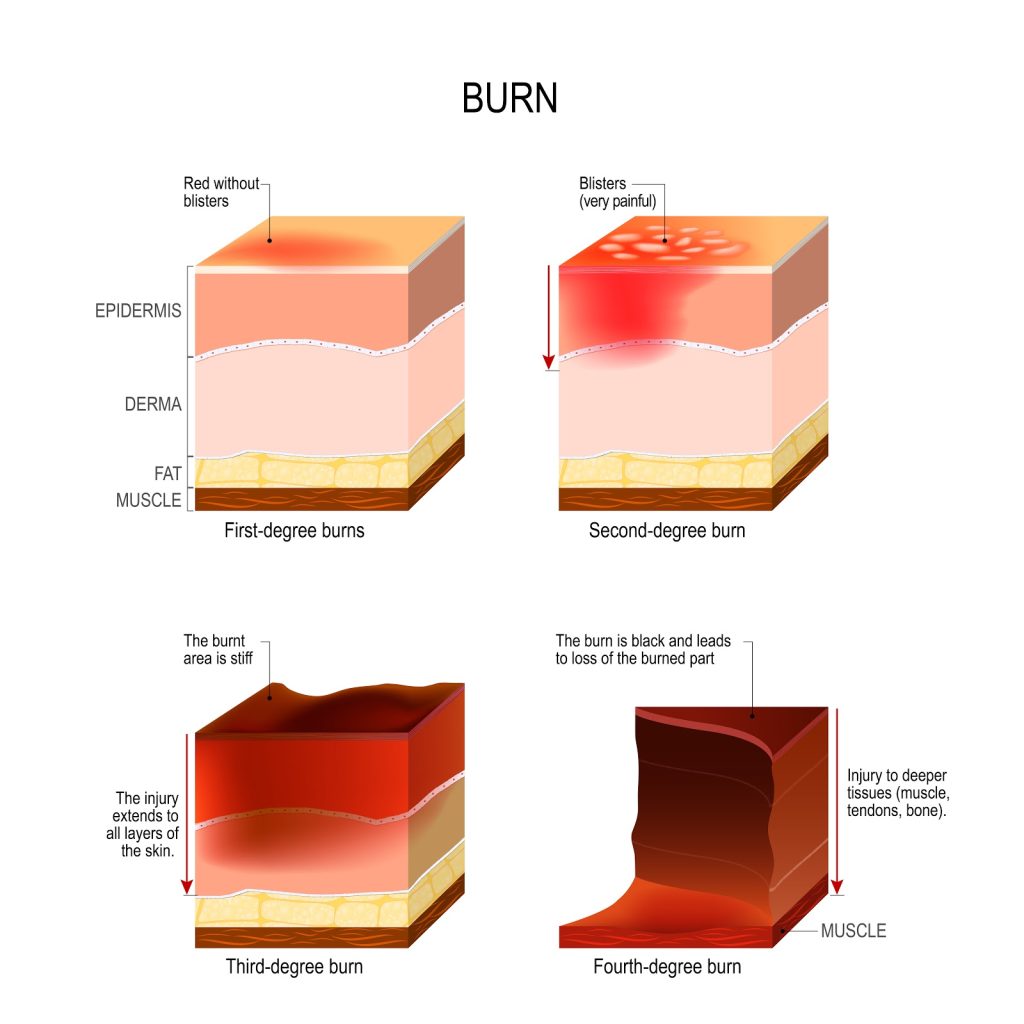
First-degree burns affect the epidermis, the outer layer of the skin. They are generally red and moist and resolve within a week or so. A mild sunburn is a simple example of a first-degree burn.
A superficial second-degree burn penetrates the epidermal layer of skin and extends down to the next layer, the dermis. Pressure on a second-degree burn produces red blanches. It appears moist and pinkish. A superficial second-degree burn usually heals on its own within a couple of weeks.
A full thickness second-degree burn involves tissue destruction deeper into the dermis. It is dry and whitish in color. It will not produce red blanches with application of pressure. This type of burn is common in an explosion. This type of burn may take three to four weeks to heal. A deep second-degree burn will leave thick or hypertrophic scars, and is extensive may require skin grafts.
Third degree burns involve destruction of both the epidermal and dermal layers of skin, and extend down to damage nerves, hair, glands and blood vessels. The body cannot repair itself from this degree of burn injury so skin grafts are necessary to prevent infection.
Fourth-degree burns are the most serious, involving deeper injury to muscles, tendons, fat, and even bones. The burn is often charred black, and the burned part of the may require surgical removal or amputation.
Burns are also classified into two categories: partial thickness and full thickness. Partial-thickness burns include first and second-degree burns, while full-thickness burns are usually third-degree burns.
You should not attempt to diagnose the severity of a burn on your own. Instead, get prompt medical attention because this can be important in minimizing pain and promoting faster recovery. In severe burn cases, immediate medical treatment may save lives.
Diet after burn injury
A balanced diet high in protein is helpful in recovering from a burn injury. Lean meat, eggs, dairy, and nuts are typical elements of such a diet. Another easy way to boost protein intake is to supplement meals with high-protein meal bars, and protein powder mixed into smoothies or other food.
Compression Garments After Burn Injury
Following burns and skin grafts, one typically must wear compression garments, sometimes for six months to a year. The custom-made compression garments can be terribly hot and uncomfortable, virtually intolerable in summer heat, and terribly conspicuous. For some people recovering from second or third degree burns, it is psychologically more positive to use protein supplements and compression garments that are designed and marketed for athletic rather than medical purposes. For example, for burns on arms, legs and torso, biker shorts, Coolmax running tights and Under Armour Heat compression shirts may may provide the compression needed in a manner both more comfortable and less conspicuous.
Psychological Aspects of Burn Injury
Many burn survivors have very significant changes in body image and self-concept, leading to depression. Post-traumatic stress disorder (PTSD) is common among burn injury survivors, often justifying professional mental health care. Burn centers have burn survivor support groups that can be helpful for burn survivors. This is a highly individual matter as some patients have enough of an external focus to recover psychologically on their own.
All burn victims should seek medical advice and guidance from the physicians at the burn clinic where they are treated.
If you or a loved one has suffered a serious burn injury, submit our inquiry form or call us now at 404-253-7862.
————-
Johnson & Ward has been a leading personal injury and wrongful death specialty law firm in Atlanta since 1949. The firm’s founders were also among the founders of the Georgia Trial Lawyers Association. Current partners include former presidents of the State Bar of Georgia and the Atlanta Bar Association and the first Georgia lawyer to earn three separate board certifications from the National Board of Trial Advocacy.





